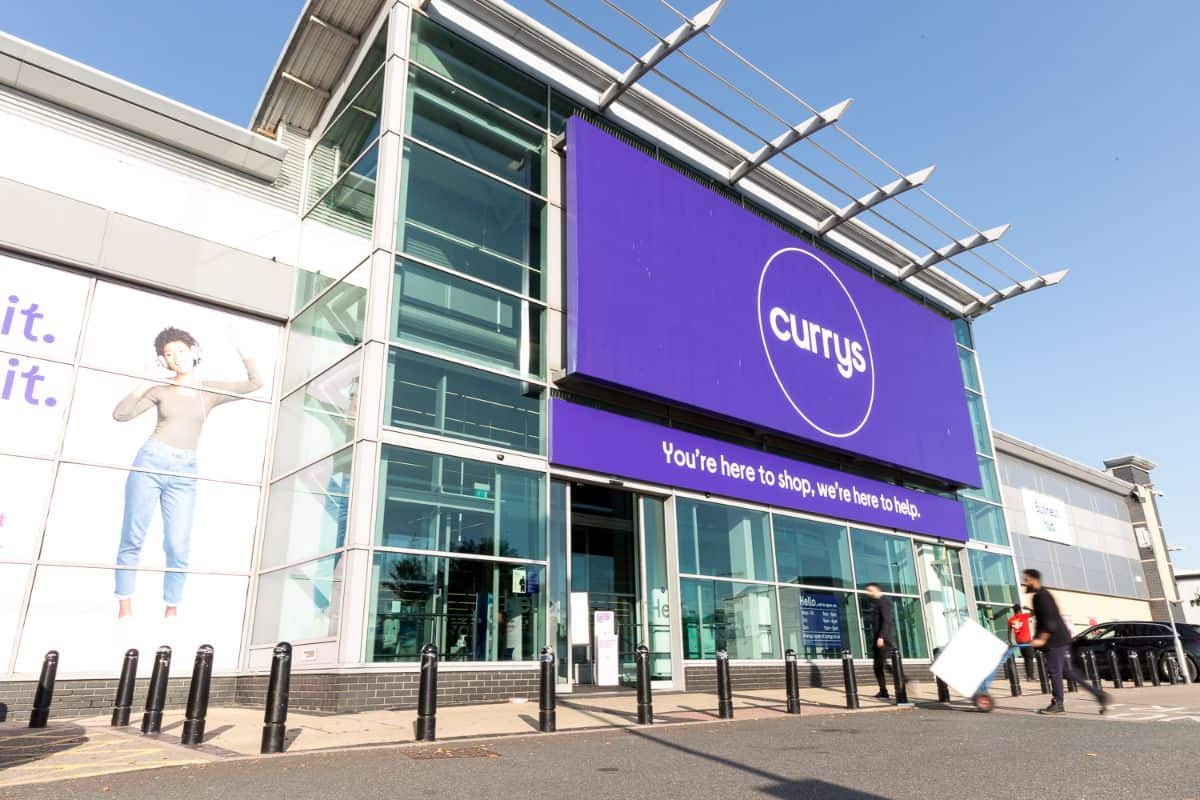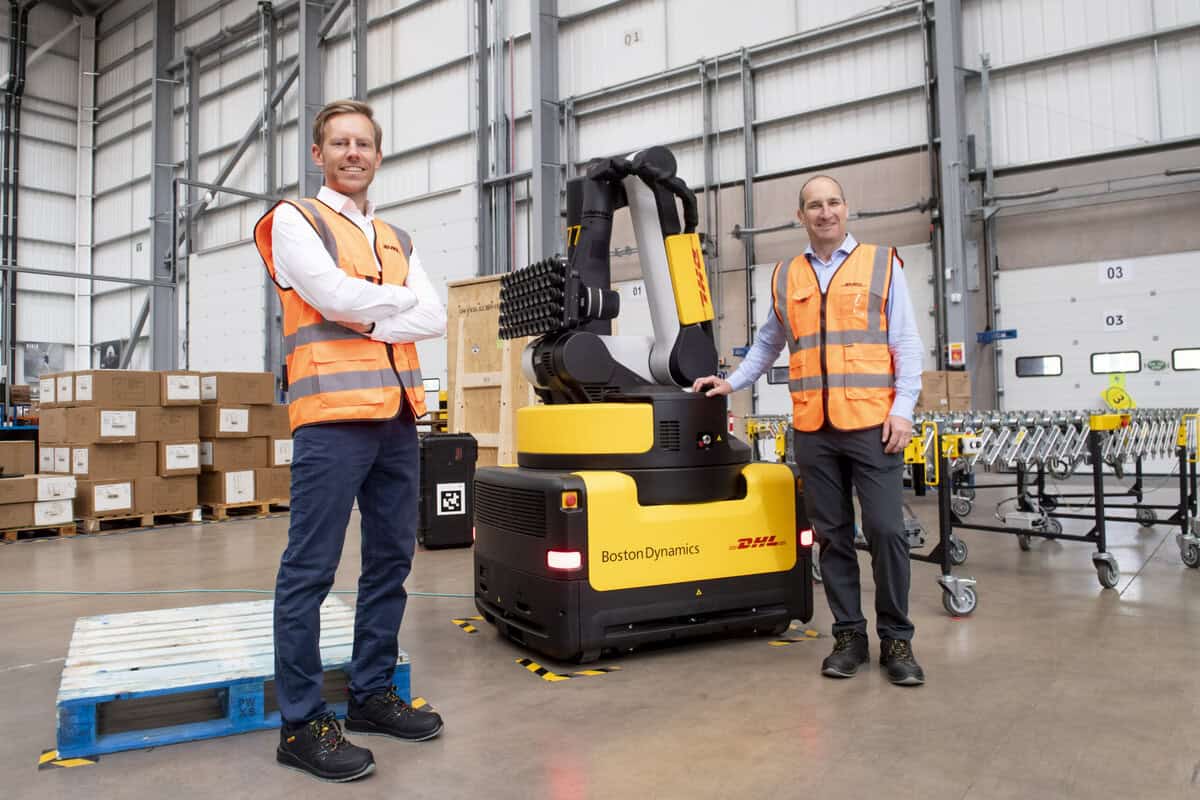Consumers are changing their cross-channel shopping habits, and savvy retailers need to adapt to meet their demands, new research suggests.
New omnichannel patterns of shopping are even more apparent during the Christmas rush, according to the newly launched report 2018: The Year Ahead from Savvy.
Some 41% of UK shoppers reported that offers and pre-Christmas sales were better in 2017 than the previous year, which made them spend more than they initially planned to during this Christmas, found the report, which surveyed 1,000 UK grocery shoppers to understand their views, attitudes and opinions on cross-channel shopping.
Amazon keeps on gaining a momentum amongst consumers
Penetration of voice assistants is growing rapidly, in large part because of the popularity of Amazon’s range of Echo devices. Prominent advertising across all its channels, regular discounting and its recent range expansion, including the Echo Show with built-in screen, has boosted awareness and usage.
According to the same research, UK shoppers like to use a voice assistant at home to do their shopping, with 58% of the UK consumers that own one reporting that they have bought an item using it. Following the Christmas surge, Amazon Echo household penetration now stands at 18%, in comparison to June 2017, during which only seven percent had one of these devices.
Click and collect is now used for food shopping
While click and collect services for non-food products have proven popular and continue to grow, adoption for in food grocery has been slower. In large parts, this is due to the wide availability of cheap delivery and the lack of easily accessible collection points.
The Savvy study revealed that around a fifth of UK customers had used click and collect services to buy food during the past year. However, some of the most recent innovations in online retailing have been in the area of click and collect, such as Sainsbury’s Chop Chop which allows shoppers to order up to 25 items using the app.
Some 49% of the UK shoppers questioned said they would find a service like Sainsbury’s Chop Chop click and collect service appealing, and 63% of consumers say would like to trial a service like Amazon Instant Pick Up if it was available.
Alastair Lockhart, insight director at Savvy says: “We anticipate slowing of overall consumer demand, caused by lower consumer confidence and the unsustainable nature of the credit-fuelled spending we’ve seen in recent years. Perhaps now is the time to contemplate the question of whether we are reaching a peak in consumer demand. There is some evidence that shoppers are shifting their spending priorities towards experiences over products. Of course, there are also structural changes to channels of distribution taking place – indeed online retailing will be boosted by better technology and improving logistics, while newer agile competitors will continue to thrive, better able to adapt quickly to changing consumer needs and unburdened by legacy cost structures and ways of working.”
He concludes: “Together, these factors mean that the old guard needs to take stock and react – in many cases radically. This is no longer about tweaking ranges and marketing priorities. This is about acknowledging that shoppers’ attitudes towards brands and traditional ways of shopping have changed, and will continue to change as younger shoppers mature and account for a larger share of spending. Whether it be the Big Four supermarkets or department stores, they face the reality that the assumptions that had underpinned their business models for so many years no longer hold true and will only become increasingly obsolete over time. The reality is that there is too much retail space in the UK and some of that will have to close. There are too many brands that lack a real purpose or benefit. Some will need to go, others will have to reinvent themselves.”
Long queues put consumers off their shopping
Despite Brits’ renowned queue etiquette, it’s not something they want to do when they’re ready to spend money. Research conducted by Lightspeed reveals that 6 minutes and 46 seconds is the average amount of time a British shopper will wait in a queue, proving there is a limit to shoppers’ willingness to wait.
In fact, 69% of UK shoppers have decided not to buy an item because of the size of the queue. Most (92%) UK shoppers said that returns policies affected their purchasing decision, while more than a half (68%) reported that they buy more when an online store has a good returns policy.
Lightspeed founder and cheif executive Dax Dasilva said: “We are living in an on-demand economy which means shopper attention spans are becoming shorter. As independent retailers face tough competition from retail giants, they need to consider their customer’s needs more than ever. Our research shows a queue can seriously impact in-store sales so SMEs need to employ ways to reduce store queue times and better engage customers – this could include in-store iPad tills and the option to shop online.
“Our research shows an omnichannel presence can no longer be ignored and shop owners need to ensure they have a high-quality presence wherever their customers are interacting with them, be that online or in-store.”
Shoppers are reluctant to buy expensive goods online
Some 62% of UK consumers would rather buy, pricey, consistent purchases in store, rather than online, with a majority (82%) believing in bricks-and-mortar store purchasing gives them more security when shopping for expensive items, finds the study conducted by PushON, which surveyed 1,000 UK consumers to find out consumers’ shopping preferences and how they preferer to buy considerate purchases.
In fact, 79% of UK shoppers have seen an expensive product online that they liked, but have gone in store to make the final purchase. The report reveals this is because they can see exactly what a product looks like in situ before committing a purchase.
When deciding on a purchase, 47% of UK consumers would prefer to research products online to help them make a decision, but then would opt out to go in store to buy because they have an option of asking for help from customer service assistants.
Despite online sales increasing year-on-year, shoppers have a limit as to how much they will spend over the internet. Less than a half (39%) of UK consumers admit they will spend a maximum of £1,000 online but would feel safer handing over larger sums of cash in person, meaning retailers could be missing out on thousands in online sales.
Sam Rutley, managing director at PushON, says: “Consumers seem to feel very comfortable researching expensive products online, because they can compare a lot of options in a small amount of time without having to travel to lots of different shops. But the issue lies with when they come to make the final purchase, as many don’t currently feel confident doing this over the internet, mainly because they can’t see what the product looks like in real life.
“With customers reluctant to spend large amounts online, this limits the types of sales that retailers can make through their websites. Of course, this will have a greater effect on those retailers that sell higher value purchases, such as cars, kitchens or furniture, and could drastically lower their online sales.”
“Retailers need to be addressing this issue by building up the same level of trust and reliability online that customers feel they receive when shopping in a store. They should therefore re-evaluate the customer support they provide across all purchasing platforms so customers feel confident in the products they’re buying and trust in the online process. If not, some retailers could be missing out on thousands of pounds in lost sales and revenue.”
Photo credit: alotofpeople (Fotolia)








